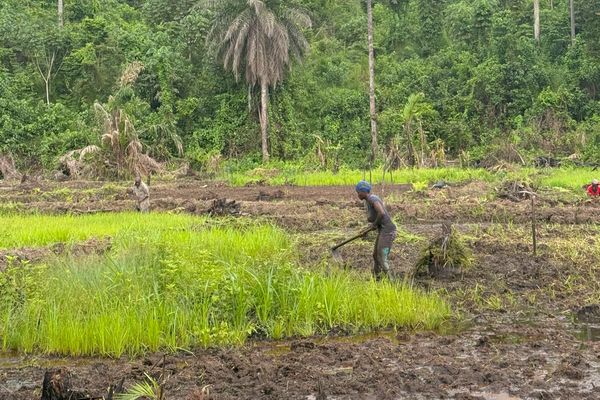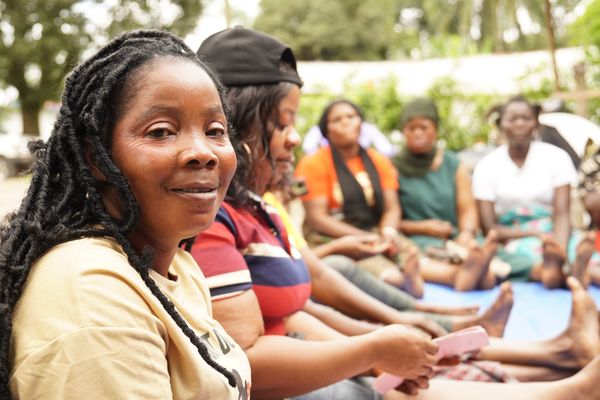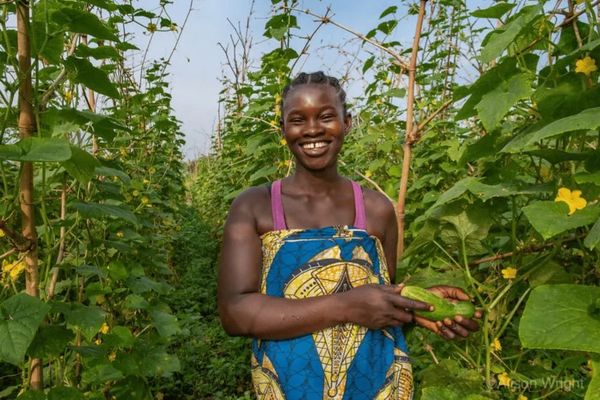Let’s talk about Liberia’s forests.
Few people know that Liberia is one of the most forested countries in West Africa. It is home to the highest portion of the Upper Guinea Forest – regarded as one of the three lungs of the world.
This rich ecosystem is now under threat.
For people in Liberia, the future of the forest is inseparable from their own.
More than half of Liberia’s people live within 2.5 kilometres of a forest. For the communities around them, these forests are lifelines -feeding families and accounting for up to 35% of their income. This dependence is adding pressure to an ecosystem already shrinking under the escalating impacts of climate change – leaving families struggling to secure and grow enough food.
In a country where 75% of its people rely on agriculture to feed themselves and their communities, the future of food stands at a precarious state. And the risk extends beyond Liberia – to the region’s food security as a whole. In just five years time, 60% of the world’s people facing chronic hunger because of climate impacts will be in Africa.
A precarious balance putting the forests and people in peril
Liberia’s forests serve as a massive carbon sink, regulating rainfall and protecting soil – all vital for its agriculture sector. They are just as vital for the survival of the endangered chimpanzees that swing through the canopy, pygmy hippopotamuses and elephants that call it home.
But in 2022 alone, Liberia lost around 150,000 hectares of natural forest – an area bigger than London. Chainsaw logging, charcoal burning and shifting slash-and-burn cultivation are stripping away the forest cover.
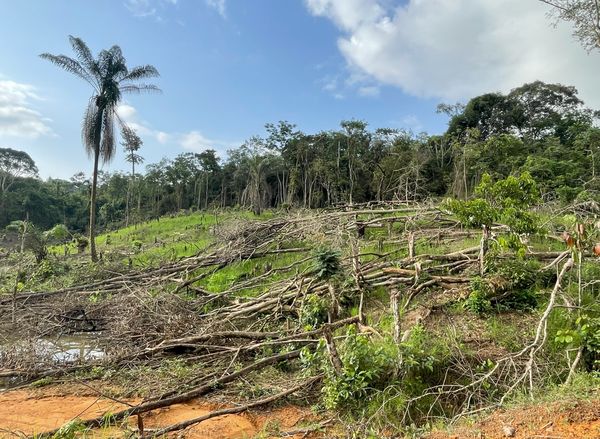
Gbarpolu County in northwestern Liberia is one of the country’s most forested regions. Much of it can only be accessed through mud roads that become impassable during heavy rains. Here, Promise, a single mother of three, has farmed for more than 20 years. Like her parents before her, and like the rest of her community, she was doing upland slash-and-burn farming, clearing new areas of the forests each year to grow rice and cassava.
Upland farming is vulnerable though, as it depends on rainfall, which has grown increasingly unreliable. “Sometimes when the rains don’t come, we lose almost everything,” she says. Each season, the forest shrinks, and the soil grows weaker.
The harvest from upland farming is neither reliable nor enough for Promise and her family.
What is upland farming and why is there a growing need to shift to newer ways? Promise explains it as a cycle: “Farmers clear a piece of land, grow rice with a mix of crops for a couple of years, then let the land ‘sleep’ for 8-10 years so the soil can recover.” This has worked for generations, but with more people and less available land, the soil doesn’t get enough time to bounce back.
In the heart of these lush forests, change is underway. Farmers like Promise are adapting to climate change, while also protecting the forests, choosing to move away from them as they look for alternative ways to farm.
Projects like Leh Go Green hold urgent answers for communities facing changing land and climate. It works with families like Promise’s to adapt to climate change while conserving forests. For Promise, one of the biggest changes has been shifting from upland to lowland farming.
Promise says she now harvests rice up to three times a year, instead of relying on a single rain-fed crop. She is also learning to preserve seeds, diversify her crops with vegetables, and share the knowledge with her neighbours.
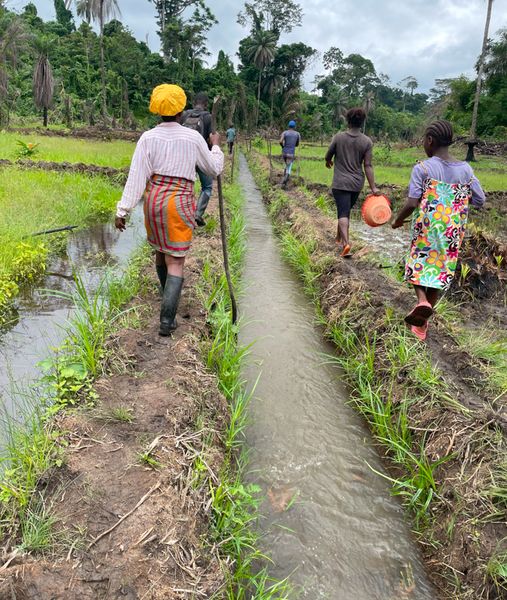
Across 30 of Liberia’s most remote forest communities, 500 households are now part of this ambitious programme. At least half a million trees have been planted, 500 hectares of degraded land restored, and 30 hectares of lowland rice cultivated.
The change is visible. In place of slash-and-burn upland farming, farmers are now cultivating 30 hectares of lowland rice fields and are expecting a harvest of 39 metric tonnes or 39,000 kgs of rice, which can feed a village of roughly 400 people for a year.
Adapting through diversified incomes
In efforts to diversify incomes, 10 beekeeper groups have started harvesting honey, hoping to sell 600 litres of the liquid gold this season; 20 livestock groups are raising goats and pigs, hoping for more than 1,400 piglets – a crucial alternative to forest hunting.
Smallholder farmers in Liberia struggle with accessing finance. Many of the women and young people now have their first real access to savings and small loans. 30 village savings and loan associations (VSLAs) have been formed, allowing them to invest in their farms, hire labour, pay school fees, and withstand unexpected shocks.
To ensure communities are leading the process as decision-makers, the project has supported four community conservation agreements. These agreements give people a real stake in how forests are managed, ensuring that conservation brings shared benefits rather than imposed restrictions.
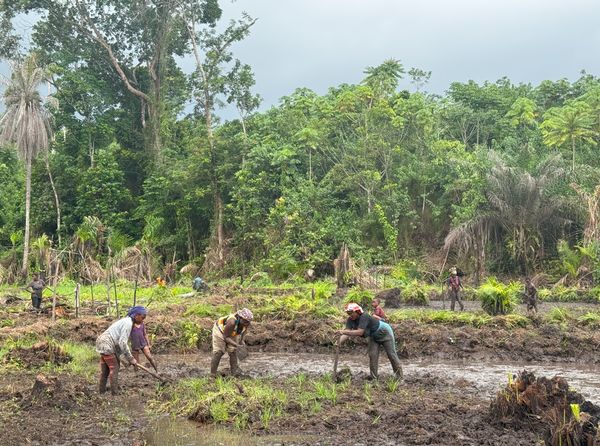
The results of putting communities at the centre is showing results across five counties. In River Gee, youth are raising beehives. In Grand Cape Mount, families are piloting snail farms. In Gbarpolu, new seedlings are being planted.
The impact of climate change in Liberia is undeniable. But solutions exist, solutions that protect forests while giving communities new ways to feed themselves and their communities.
For Promise, this shift is a reason for hope. She wants to become the best farmer in her community, and wants to make sure her children go to school. She is such a stickler for rules that Promise tries to make sure her children never miss a day.
What does the future look like?
Climate shocks can destroy the livelihoods of people in poverty, but we are learning that we can mitigate some of this impact by building pathways to livelihoods tailored to their local climate vulnerabilities. For Promise, this means working for a future where her children complete school and get jobs. For Liberia and the surrounding region, it means protecting its food systems, while conserving its lush forests.
